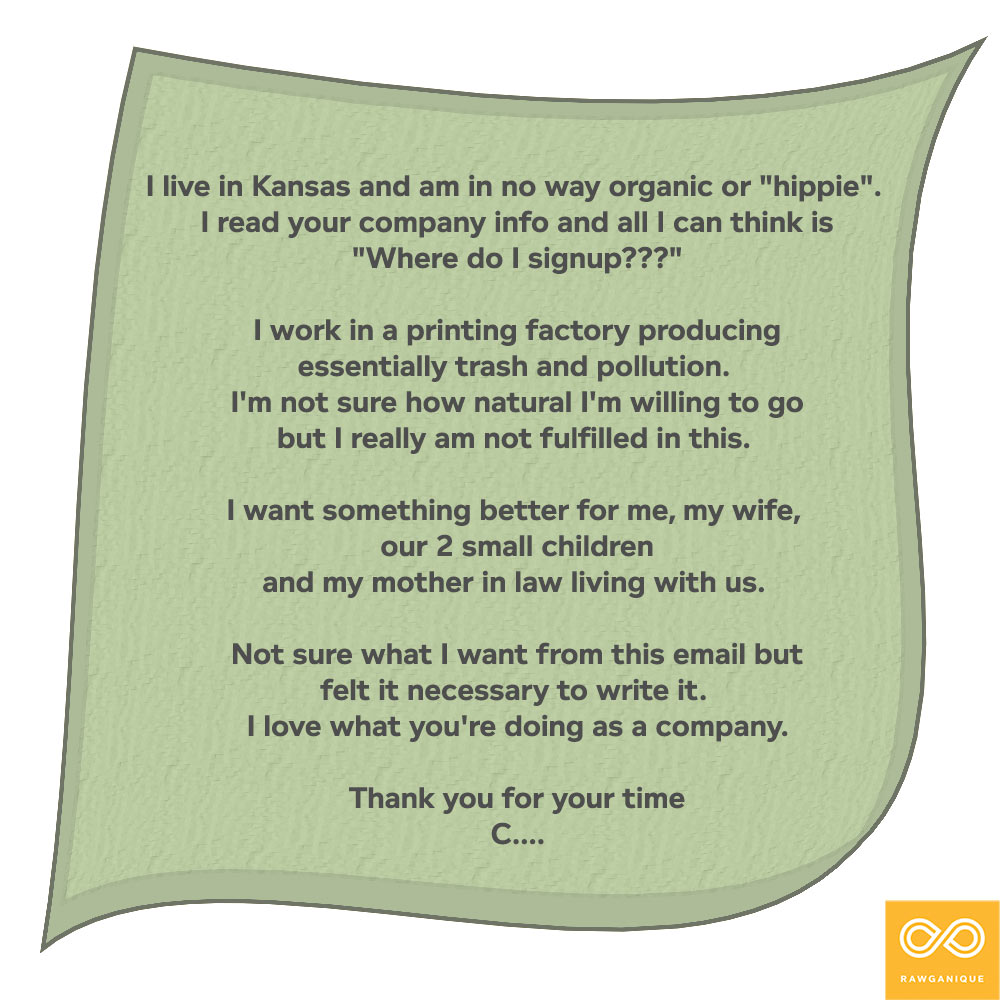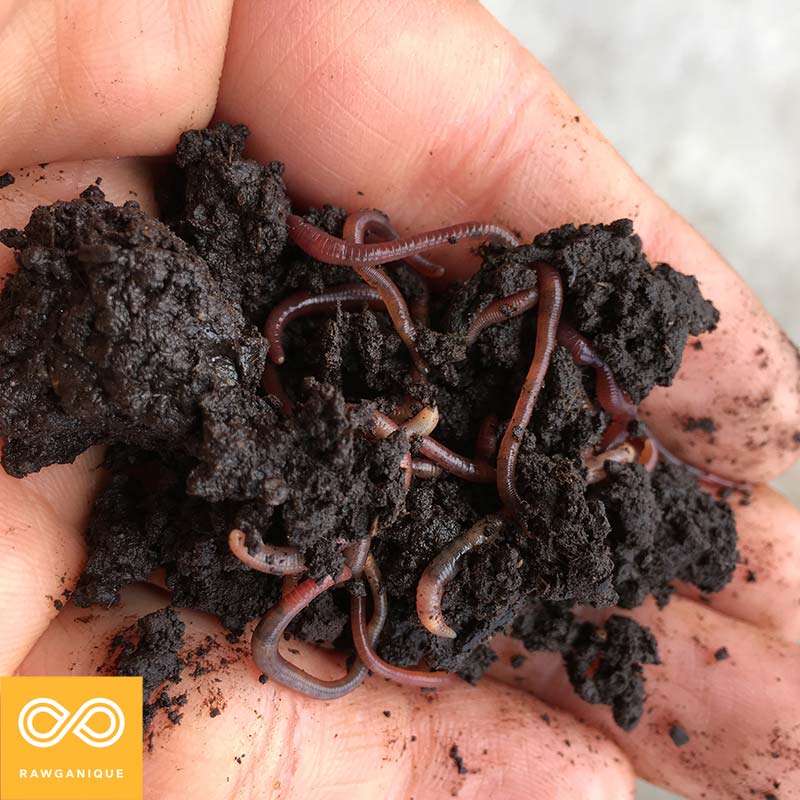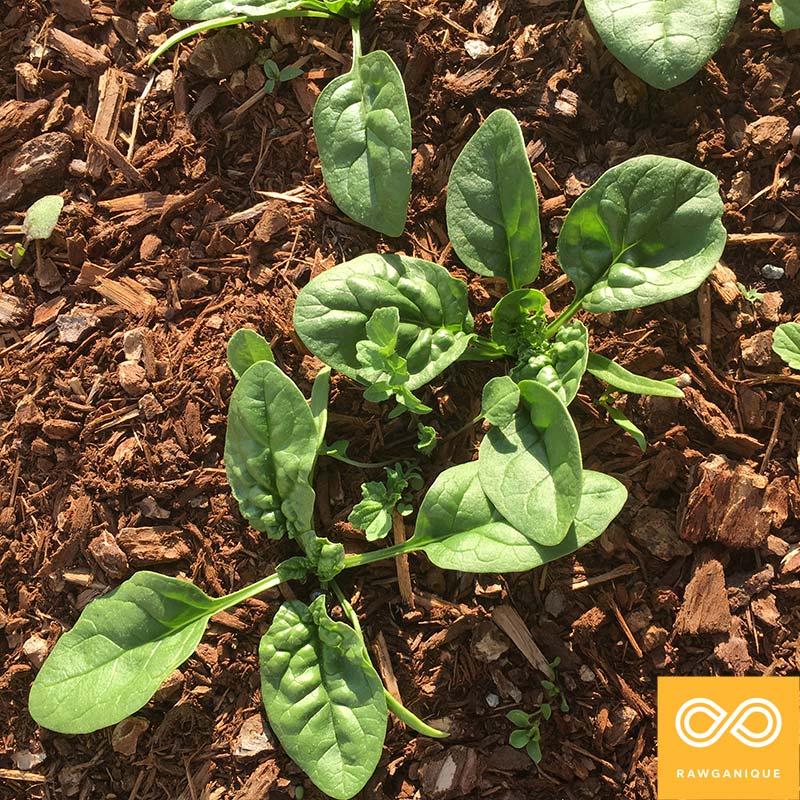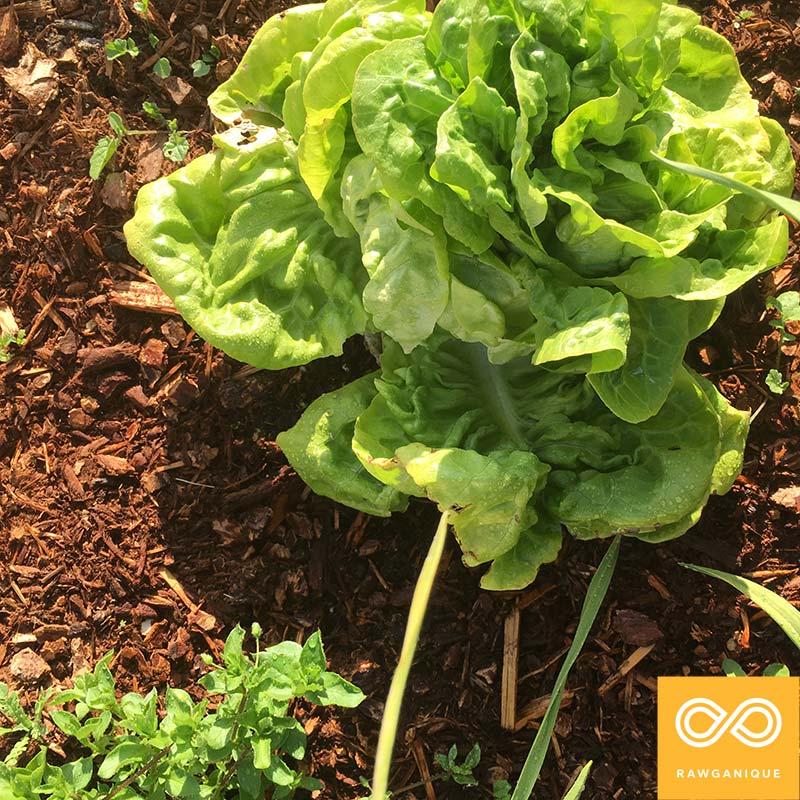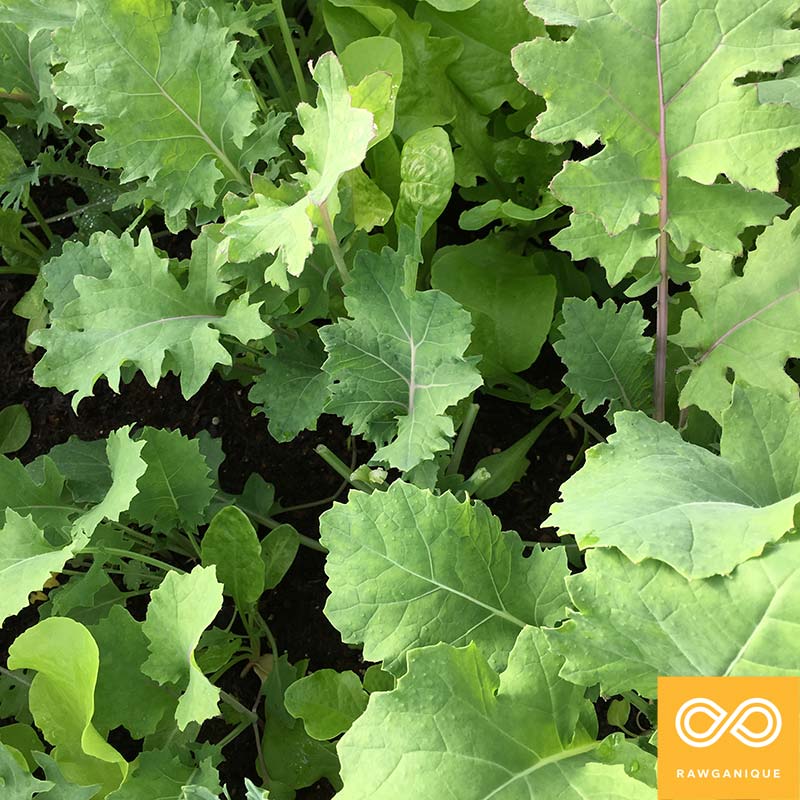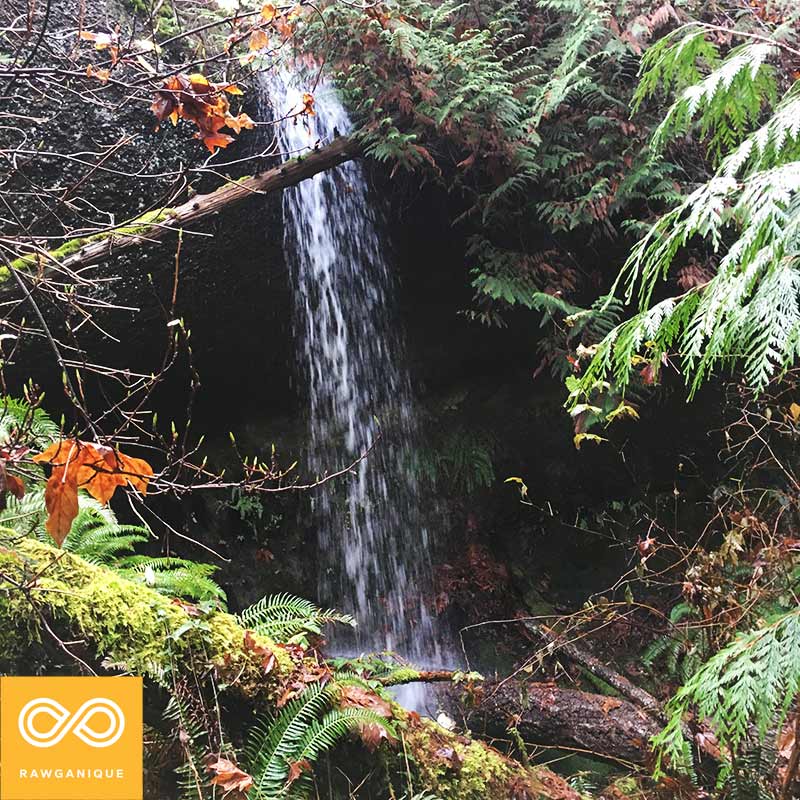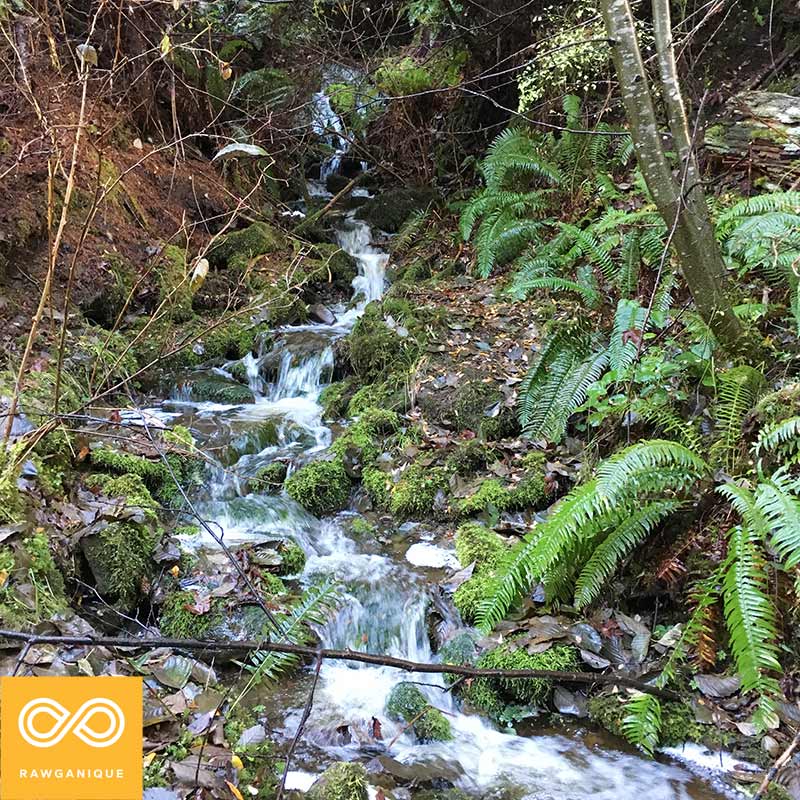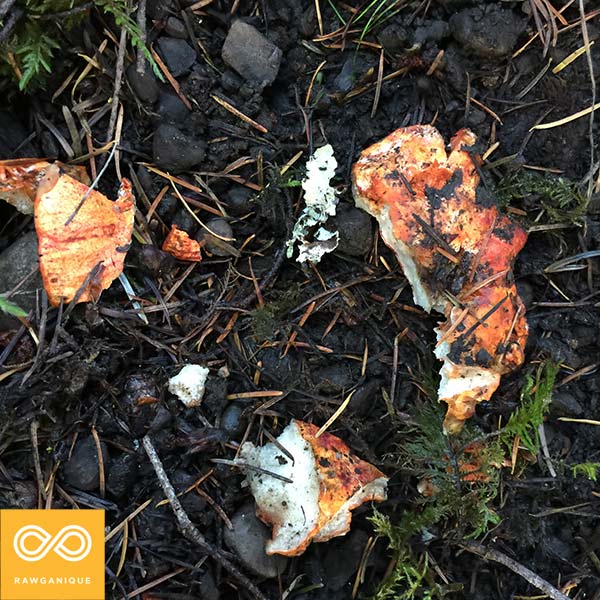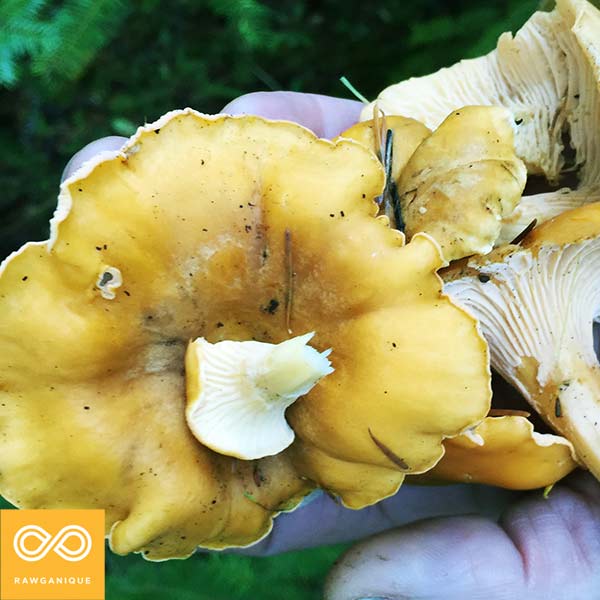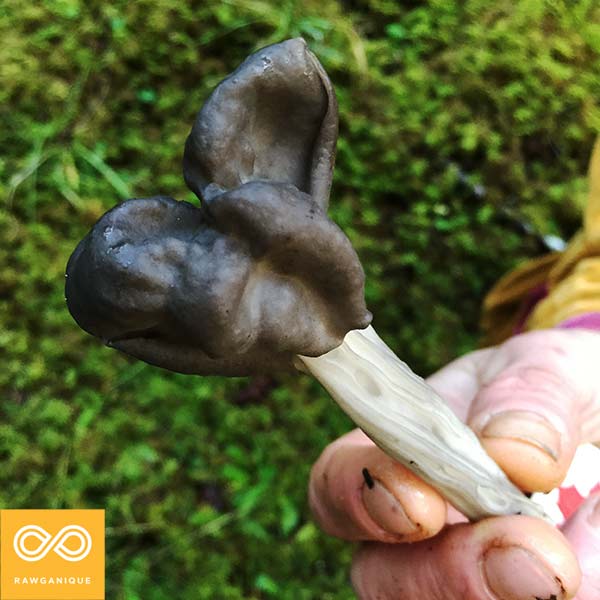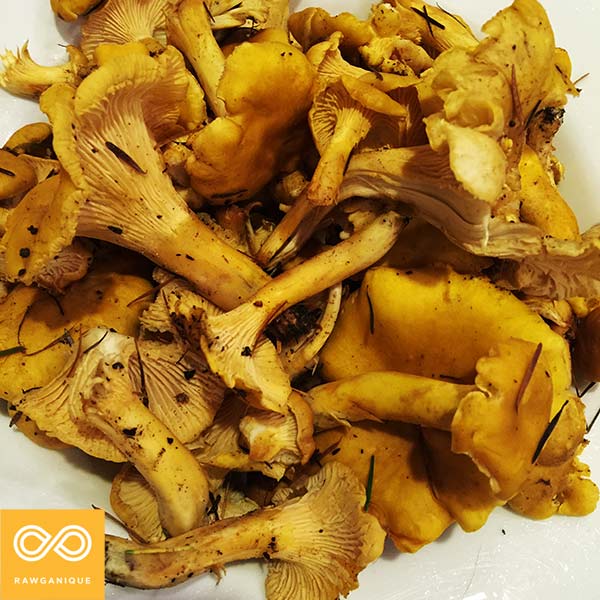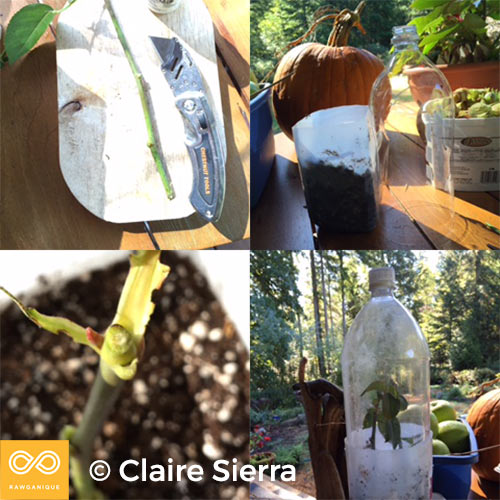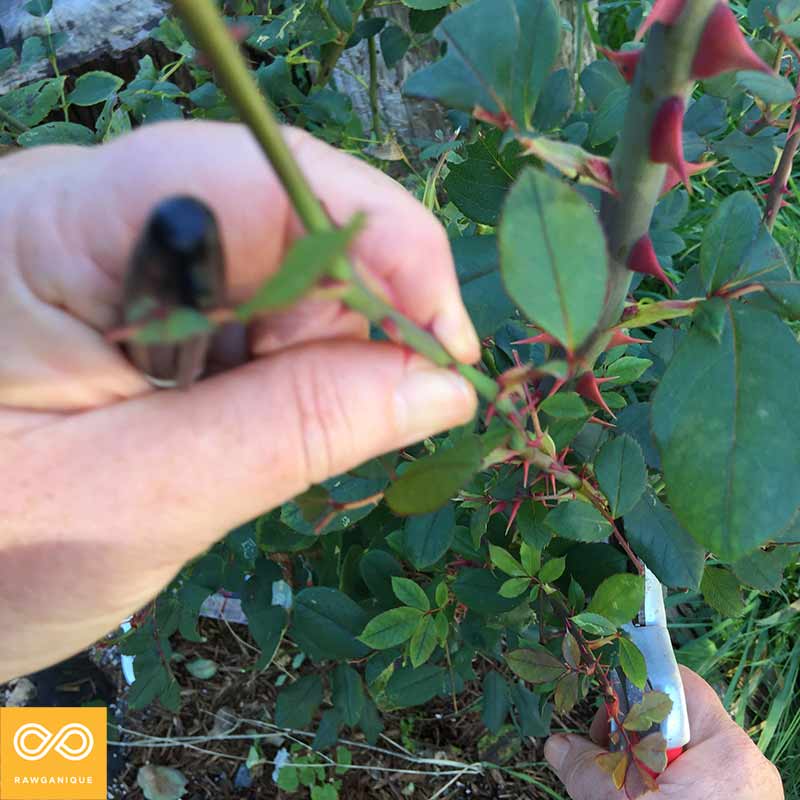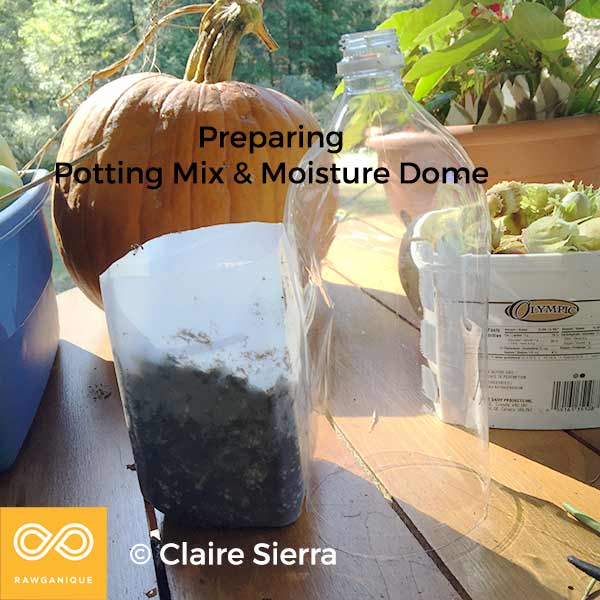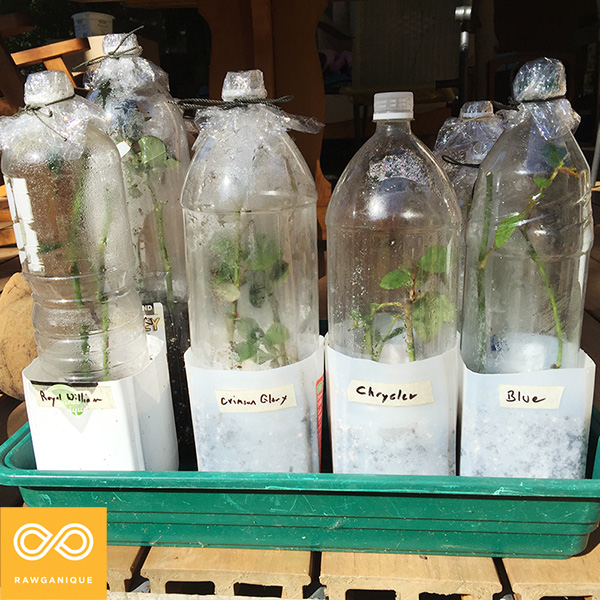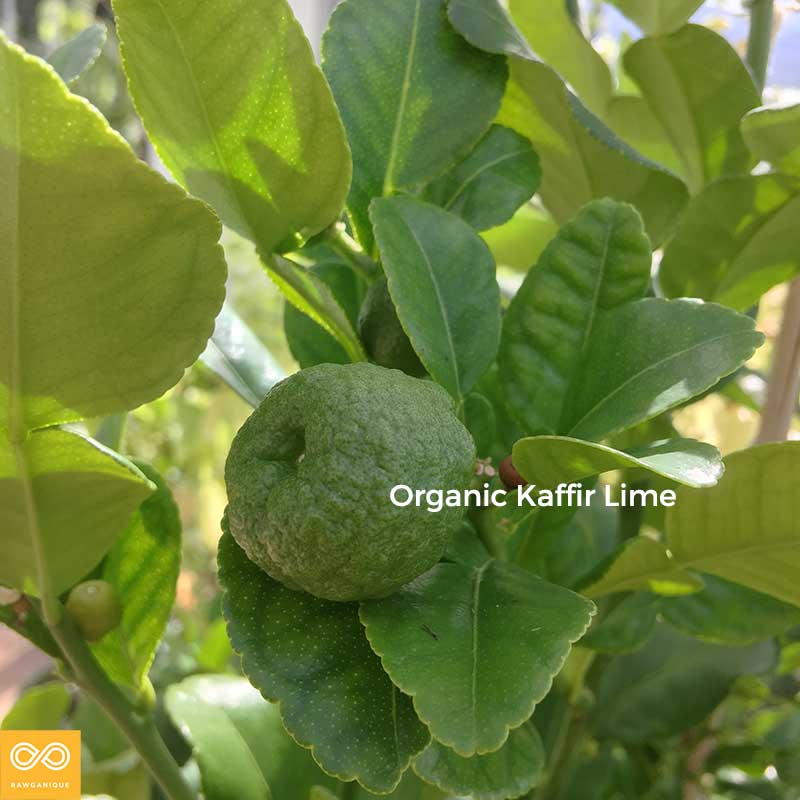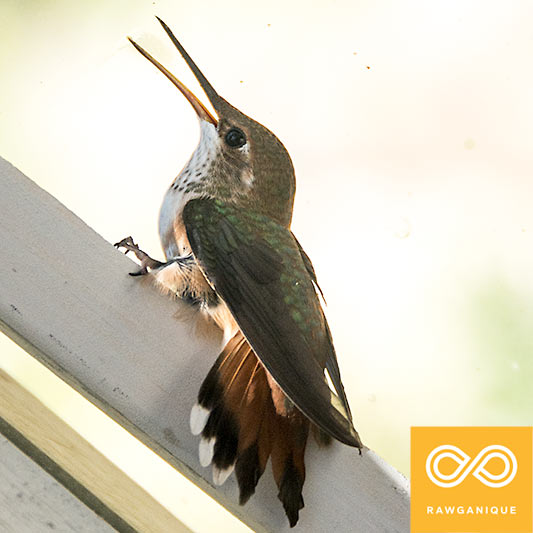If you find the city too crowded or your job is not aligning with your values, should you leave to go homesteading so you can be on the land growing your own foods?
Read MoreWe love growing our own organic foods year-round in the Pacific Northwest, which beats buying food from the supermarket any day, hands down.
Read MoreNo-Till Gardening With Red Wiggler Worms
No-till no-work gardening with red wiggler compost worms. Year-round four-season gardening in the Pacific Northwest and beyond.
Read MorePeace Love Quiet Meditation By Waterfall
Fall is the best time to take stock as we head into winter. What better way to do that than sit and meditate by a serene waterfall?
Read MoreFall Time Is Mushroom Time
Mushroom hunting is relaxing and meditative, and yields delicious edible wild mushrooms! Many mushrooms like chanterelles and lobster mushrooms are also excellent as natural organic mordant-free dyes!
Read MorePropagating Roses With Fall Cuttings
A super easy way to propagate your favorite roses, either by multiplying your plants or getting a new variety from a neighbor. Most instances, you'll get rose blooms in the first season already!
Thanks to our neighbor and friend Claire Sierra who's nuts about roses (who isn't), we have learned about the many different ways to make new rose plants from your existing stock.
We love roses and have many beautiful varieties at our homestead garden. Claire has been coming by through the years to take cuttings to try to see which methods of propagation would be the easiest, quickest, and most sure-fire way to make new rose plants.
For rose propagation via fall cuttings, here's what you do:
1) Pick a stem that has flowered and cut a 6-10 inch section as near to the connecting branch as you can (as that is the spot most likely to root).
2) Put this stem in a mason jar full of fresh water and label the jar, so you know what variety it is you're propagating
3) Take a half gallon container and cut the top off. Fill with a pre-moistened potting mix of your choice.
4)Trim the stem cutting to leave 3-4 buds above the soil level and embed 2-3 buds in the soil. You should have about 6 inches of stem above the soil.
5) Cut out the bottom of a clear soda pop bottle. This is your greenhouse, which you put on top of the half gallon cutout with soil and cutting. This keeps the moisture in while keeping the cutting reasonably warm. Close the cap to keep as much moisture in as possible. Monitor to see if too much moisture is building up, in which case, unscrew the cap to let the cutting breath a little.
6) You can put this kit by a northern window so it gets light through the fall into winter (but not direct hot sun of south-facing window, which would dry out the cutting. If you live in a mild climate like we do (zone 8 or higher), you can make a strawbale cold frame but putting up strawbale walls with an old window or clear tarp on top. And you can line up the cuttings inside this cold frame and let them stew through the winter.
7) Come late winter or spring, your rose cuttings should have a healthy root system.
8) In the spring, you can then put out your new rose plants and wait for beautiful blooms in the summer. When planting out, take care to protect the fragile young plant from harsh elements. You can also pot up the young rose plant and keep in a greenhouse for a season to harden it.
Thanks to Claire Sierra for the rose cutting propagation photos!
Autumn Harvests Are The Best
Autumn is a wonderful time of year. Great weather: not overly hot but still bright and sunny, with replenishing rains. A bountiful harvest awaits.
Read More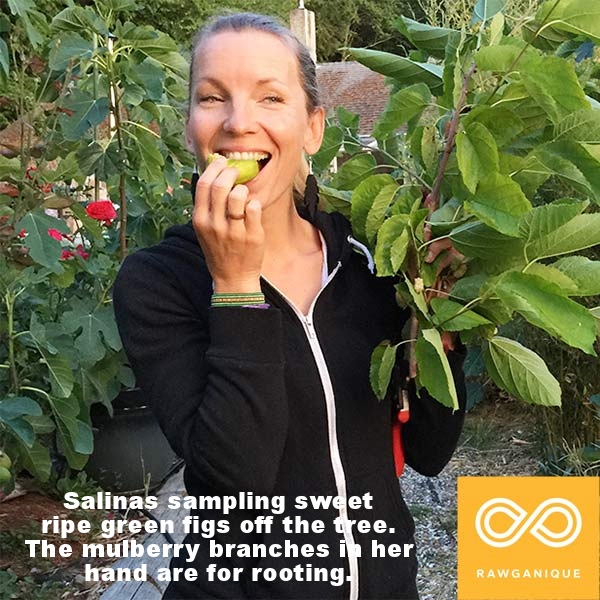
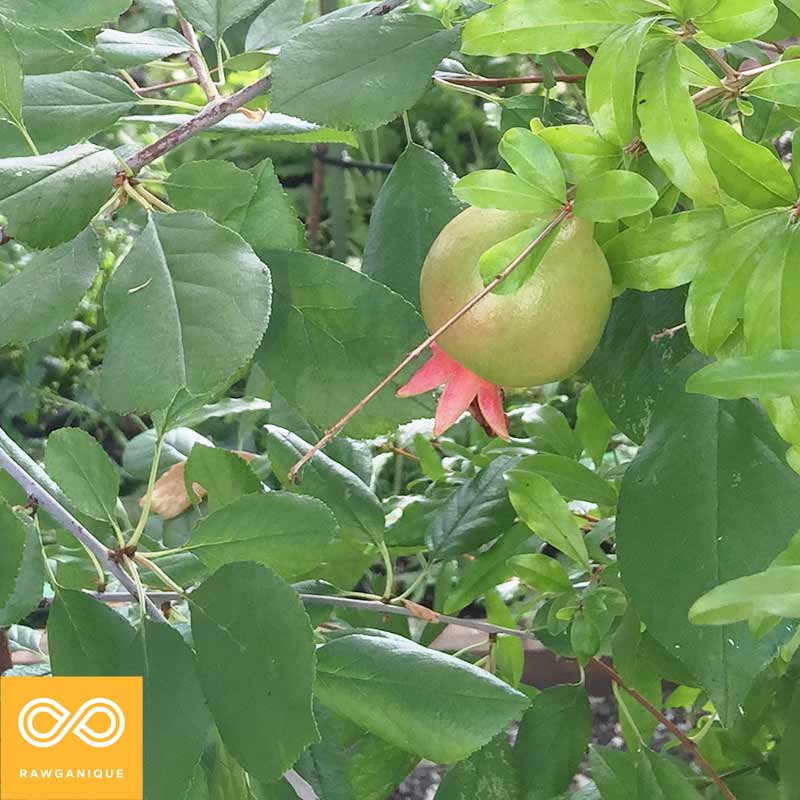
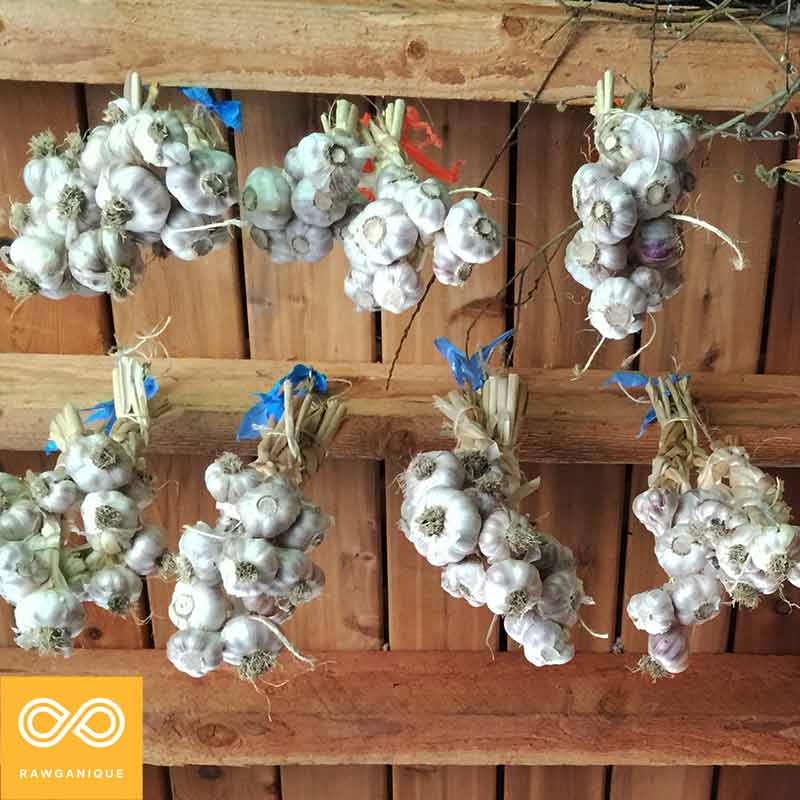

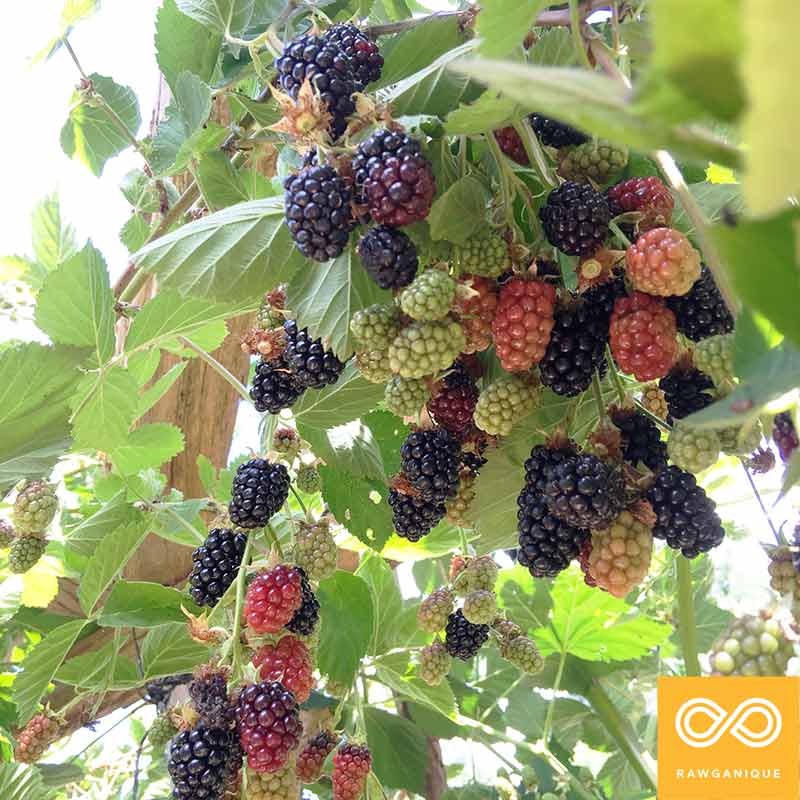
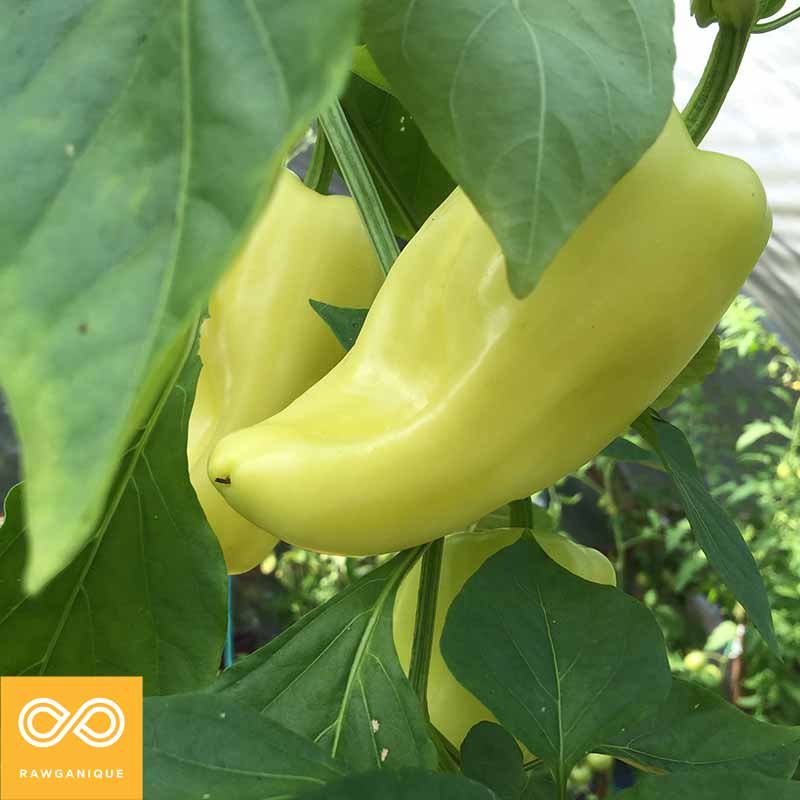

The Rawganique Homestead Garden When July Meets August
July meets August: perfect time for a garden update from the Rawganique Homestead. What's doing and what's bailing?
Read MoreJosephine County, Oregon, Bans GMO Cultivation, Effective September 4, 2015
Josephine County Oregon bans GMO cultivation.
Read MoreWhy is trophy hunting even legal and its disastrous consequences on wildlife
Trophy is not a sport. It's senseless killing of innocent wild animals. No one has the right to hand out licenses to kill wild animals.
Read MoreCecil The Lion's Killer Exposed as MN Dentist Walter Palmer
Cecil The Lion's Killer Dr. Walter Palmer, a dentist in MN, is being brought to justice for this illegal poaching by the collective outrage on social media and, it is to be hoped, by the Zimbabwe police. Cecil was a famous and beloved black-maned lion in a protected national park in Zimbabwe.
Read MoreHummingbirds are delicate little creatures that make a characteristic hum and that mysteriously appear when the weather warms. They come in a rainbow of colors and are most colorful when seen against the light.
Hummingbirds
We love love love hummingbirds. When we hear their characteristic hum for the first time in any given year, we thank Mother Nature for another beautiful warm season, blessed with these colorful little beauties that are as delicate and fast and gorgeous as anything we know.
Hummingbirds are sure mysterious? Where do they come from? Where do they go to? And what's with that impractically long beak?
Well, we did some digging and here are some facts we've found about hummingbirds. Living life at such a fast clip must be pretty exciting for these little birds. We have included some of our favorite images of our resident hummingbirds over the years in the slideshow below.
- Hummingbirds can hover in mid-air by rapidly beating their wings (up to 90 times in some cases). We have witnessed this many times in real life and it's quite a thing to behold.
- Hummingbirds are the only type of birds that CAN FLY BACKWARD. Isn't that awesome?
- It takes a lot of energy to fly that fast, so most hummingbirds spend most of the day resting and really toning down their metabolism at night to recuperate from this great feat.
- A mother hummingbird builds her nest high up in the tree and camouflages her nest with lichens and bits of other plant materials.
- They can fly at speeds exceeding 54 kilometers per hour!
- The true diet of hummingbirds is flower nectar, tree sap, minuscule insects, and pollen — for this reason, we do not put sugared water out in hummingbird feeders, the same reason that we stay away from honey, because we would have to steal food from baby bees and give them white sugar instead. Even organic white sugar isn't all that healthy for them. So we plant tons and tons of every imaginable variety of flowers and blooming vegetables instead. We also leave weed patches everywhere. This truly wild food is the natural diet of hummingbirds, insects, and other forms of wildlife that we support in our organic garden.
- There are over 300 species of hummingbirds, all in the Western hemisphere, and mostly in the tropics. We are blessed to have many of the 12 species that spend their summers in North America and disappear in the winter in search of warmth in the tropics. Imagine how far these little beauties have to migrate to find warmth in the winter! We have known some resident hummingbirds to overwinter here on Denman Island, as it rarely freezes over here and now with Global Warming a reality, more and more of them might decide to skip the long journey southward altogether.
- Hummingbirds have the largest porportion of brain to body weight, at 4.2% Smart little birds they are!
- A hummingbird has to eat constantly because their metabolism is so high. They use their tongue to lap up nectar from flowers.
- Hummingbirds have the memory of the proverbial elegant: they can remember every flower they have been to and even remember how long said flowers take to refill their nectars.

